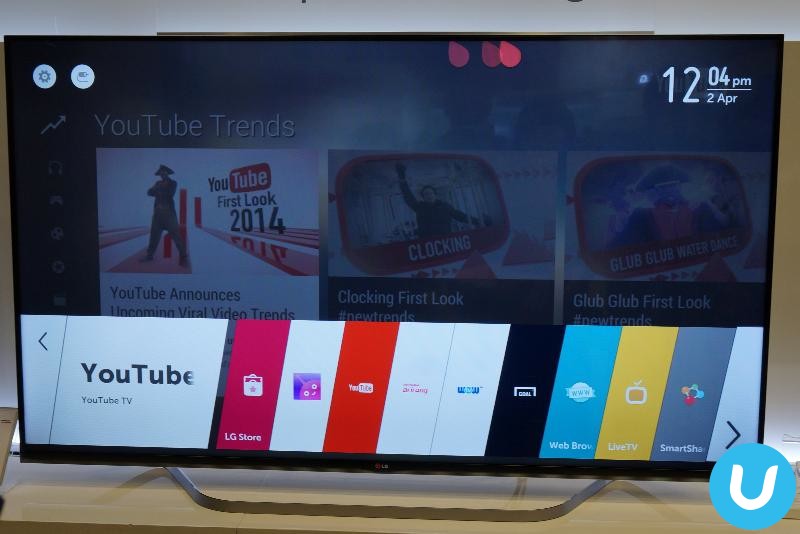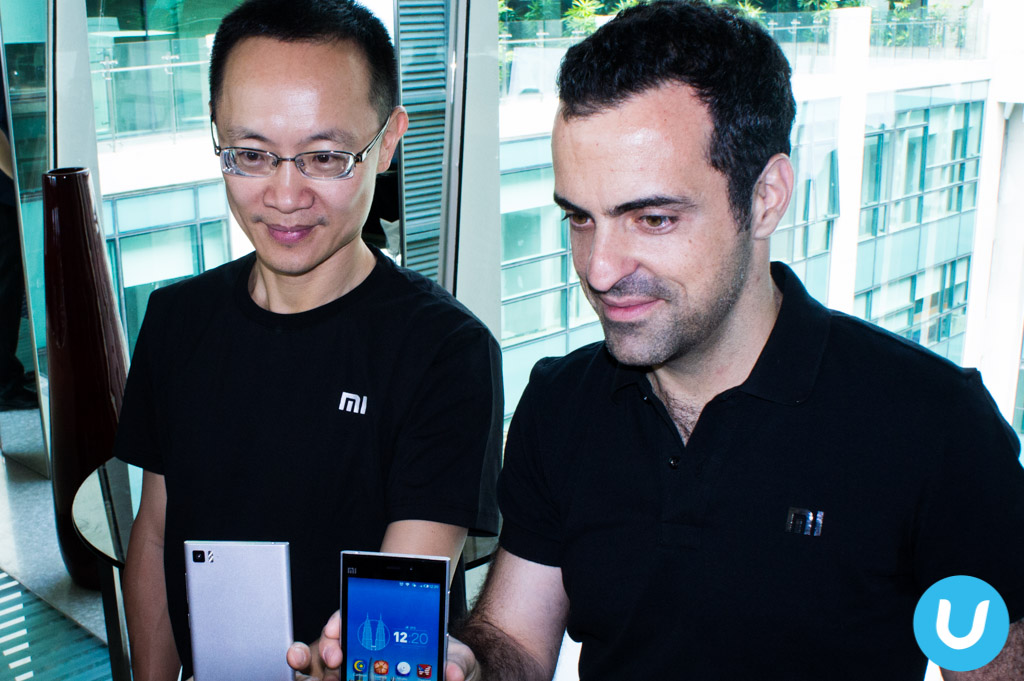Last week, I wrote about how I find great irony in the fact mobile network operators (MNOs) such as the Vodafones, Oranges and SingTels of the world are today asking Internet-based over-the-top (OTT) players such as the Facebooks and Googles of the world to begin paying for what they use on top of what the former companies provide as basic broadband to their customers.
I said, “But here’s the thing – I find the call of MNOs to levy OTT operators for using their network ironic given that these very OTT operators are the ones who innovated and provided the apps and services that the MNOs are processing over their networks and still charging, albeit in a flat rate manner, consumers for using their services.”
I ended my posting by asking whether it was fair for MNOs to turn the tables on OTT players and asked whether the two warring parties actually need each other more than they think they do? In all honesty, these questions are complicated and I must stress that there are no easy and straightforward answers to them.
As MNOs, analysts and even journalists like myself, attempt to deal with this issue, two things must be noted. The first is that whether MNOs like it or not, OTT players are here to stay and there is nothing they can do to prevent them from being in the forefront.
Simply put, the OTT services today are too widespread and ubiquitously used for you to put a stop to them. Secondly, MNOs have to realise that they do not have the monopoly of the ecosystem anymore and as such, cannot be dogmatic about how they address this issue. Blocking these services, as they did in the beginning when they first appeared, makes them look anti-competitive in nature, which is bad PR.
Voice isn’t dead, still profitable
Most industry analysts I’ve spoken with recommend a combination of approaches that helps MNOs address, or at least begin to address this issue. The first thing MNOs can do is to offer better value and pricing to their customers where voice is concerned. This is because while OTT players are steadily making inroads into consumers’ lives, voice services aren’t exactly dead yet.
Telco consultancy Analysys Mason says most markets in the region have already started on the path of declining voice usage, and although MNOs in the region are shifting their focus to data services, voice revenues still form a significant, if not dominant, part of their total mobile revenues.
“In South East Asia, voice revenues accounted for about 60% of total mobile revenues in 2013, down from about 70% in 2011,” says Satvik Singhania, an analyst with research firm.
But while this may be true, MNOs must not take a wait and see attitude but instead move quickly to try and differentiate their services from OTT players.
Satvik says the voice market is primarily driven by pricing and the most important priority for operators is to rebalance their tariffs away from legacy voice and messaging and towards data services. “A side-effect of this is that voice minutes become cheaper and the incentive for customers to seek alternatives diminishes,” he argues.
“Operators should also seek to improve the user experience of their communication services to maintain competitiveness against a new wave of communications apps. Most operators failed to do this with messaging and were punished by the market.”
Satvik says voice services will not be that easily overtaken by OTT players as with the case of messaging apps like WhatsApp, Facebook and Skype. He predicts that 27% of smartphone owners worldwide will use OTT-VoIP services by 2018, though this will vary significantly by country and region.
Further, he forecasts that non-operator-provided VoIP services will generate 22% of smartphone users’ voice traffic by 2018. This equates to 13% of total mobile voice minutes.
“The unique selling points for MNOs are quality, security, interoperability and trust and this is more relevant when it comes to voice than messaging. MNOs have a stronger role in the value chain and control many of the potential differentiators for voice services. Besides this, MNOs have the opportunity to take advantage of the advent of Long Term Evolution and its advantages such as faster speeds, lower latency and an end-to-end all Internet Protocol (IP) only connection. The good news for MNOs is that the deployment of LTE is likely to improve the user experience of OTT VoIP services in the cellular environment and since VoIP services are currently restricted to a limited set of use cases, substitution of traditional services has been modest in most countries,” argues Satvik.
Being innovative
The analyst also recommends a few other methods for which MNOs can undertake to ensure that it continues to innovate. These include partnering with OTT players on WhatsApp services such as what is being done by DiGi in Malaysia, 3 in Hong Kong and RCom in India and launching proprietary OTT-like services such as China Mobile’s Fetion service or Orange’s Libon.
Other strategies to consider are launching standards-based alternatives such as Rich Communication Services (RCS) and Voice over LTE (VoLTE), something pursued by Korea’s SK Telecom and LG UPlus. With VoLTE, MNOs can give richer services such as high-definition voice, tiered data services allowing operators to offer integrated voice, video and instant messaging (IM) services with the added benefit of mobility.
MNOs should also target enterprise solutions such as videoconferencing on-the-go and remote access to business applications that can drive data consumption, offering solutions such as machine-to-machine (M2M) services.
They should also consider selling wholesale data to enterprises. At the end of the day, the lines between the Internet and telco world are converging and if MNOs do not innovate, the writing is on the wall for them.
Rather than complain about OTT players, MNOs must just accept the fact that they must coexist with OTT players because they are not only here to stay but the two parties must just learn to live and let live.












